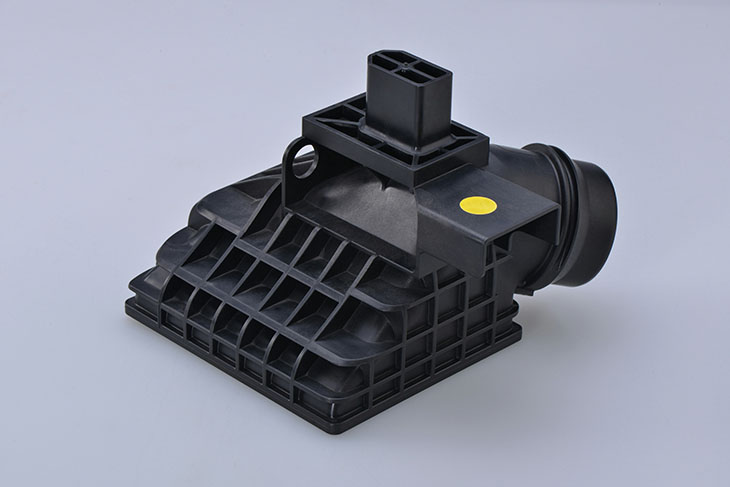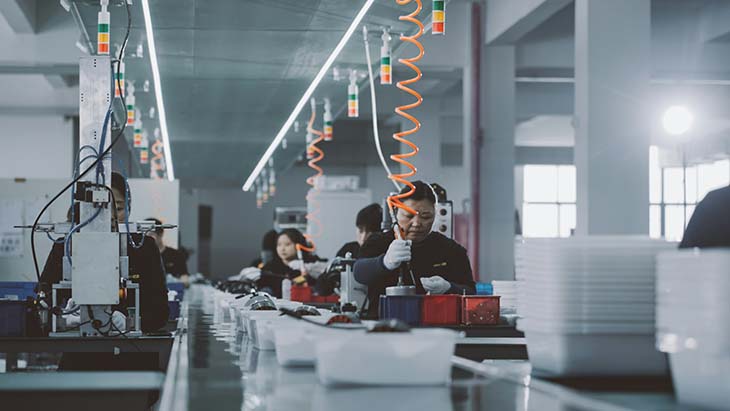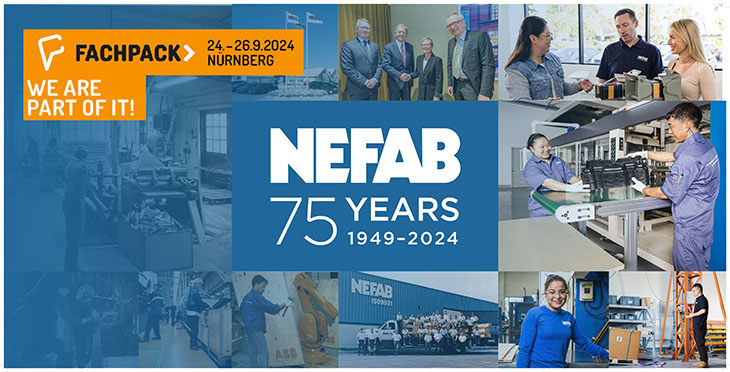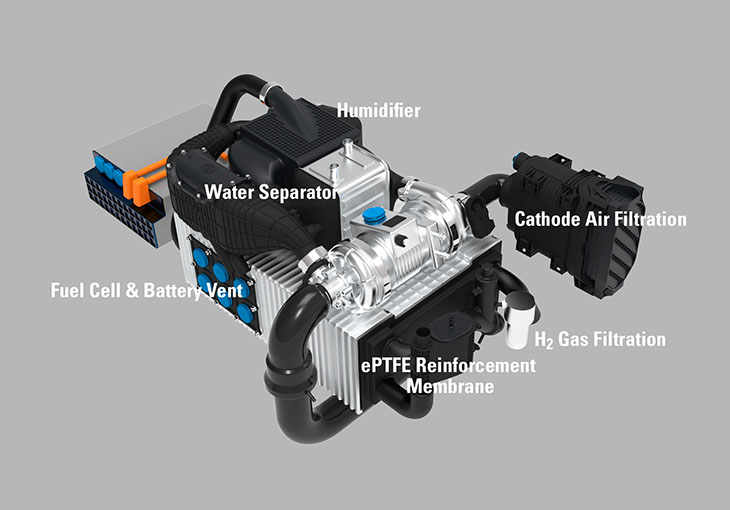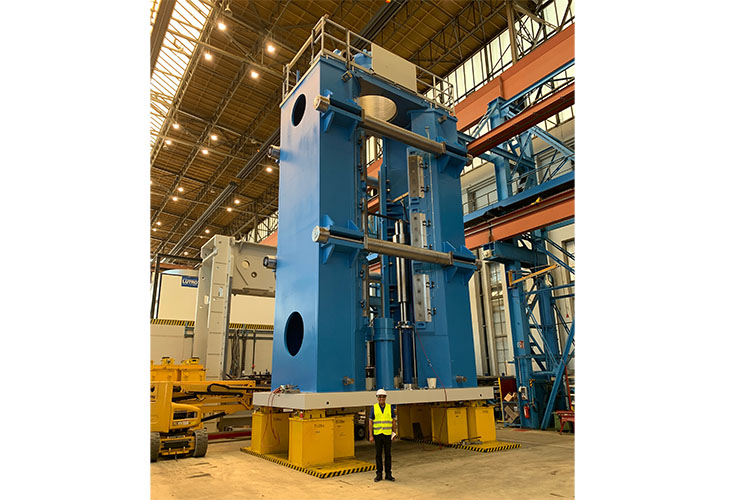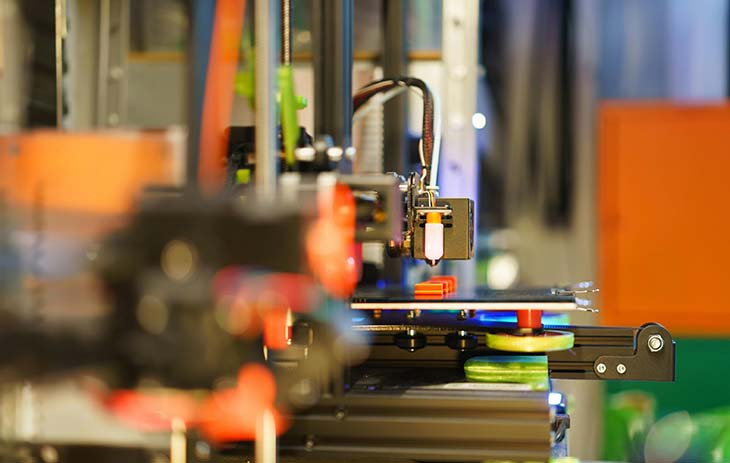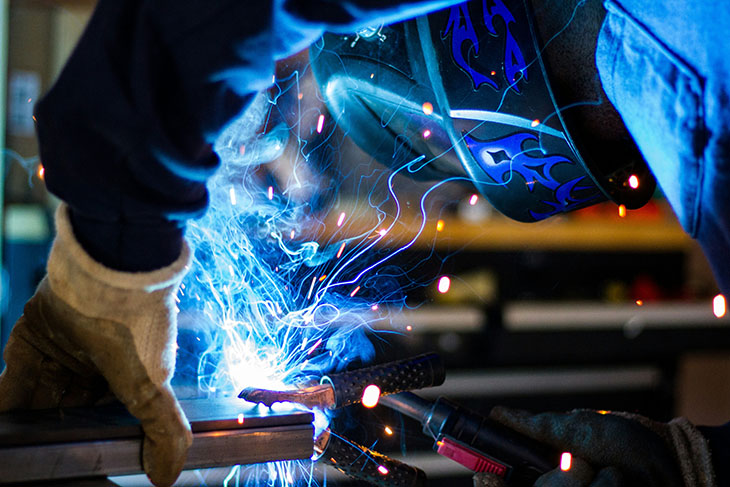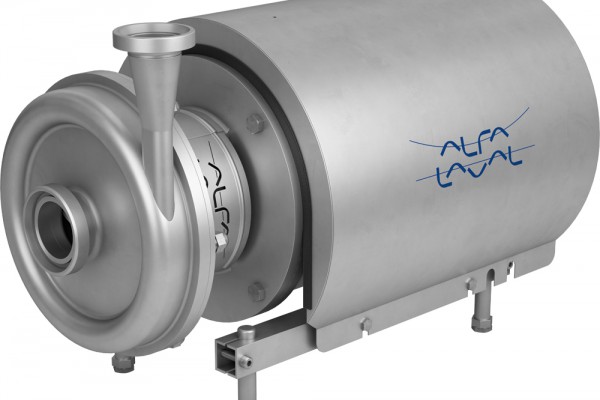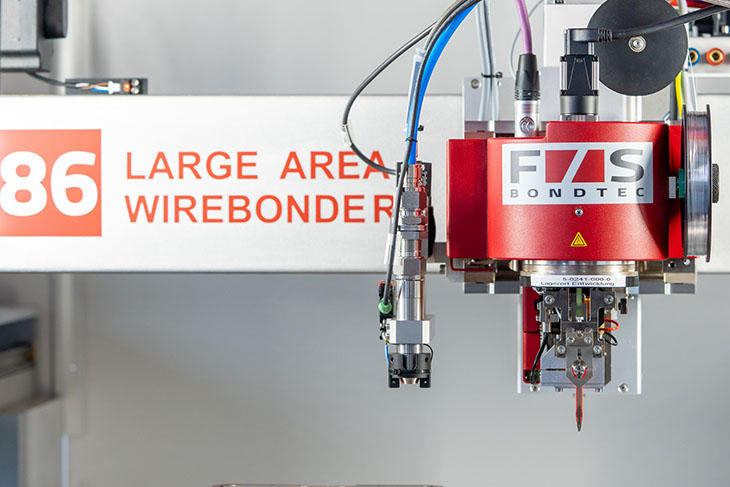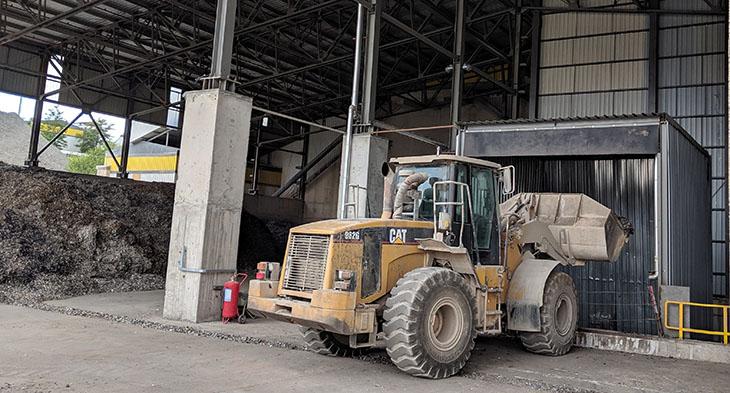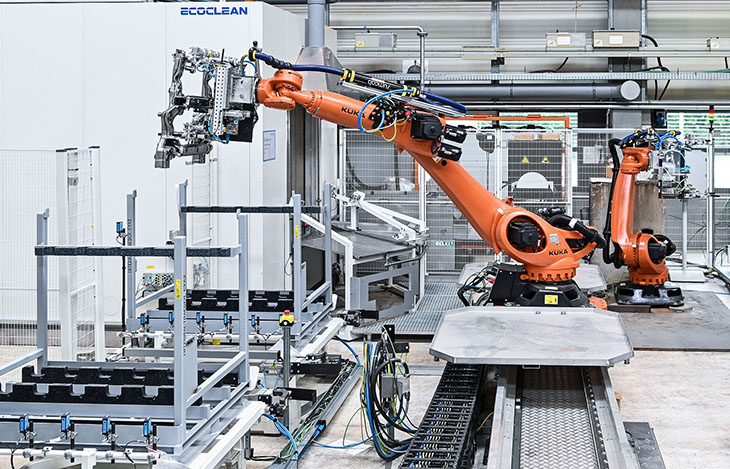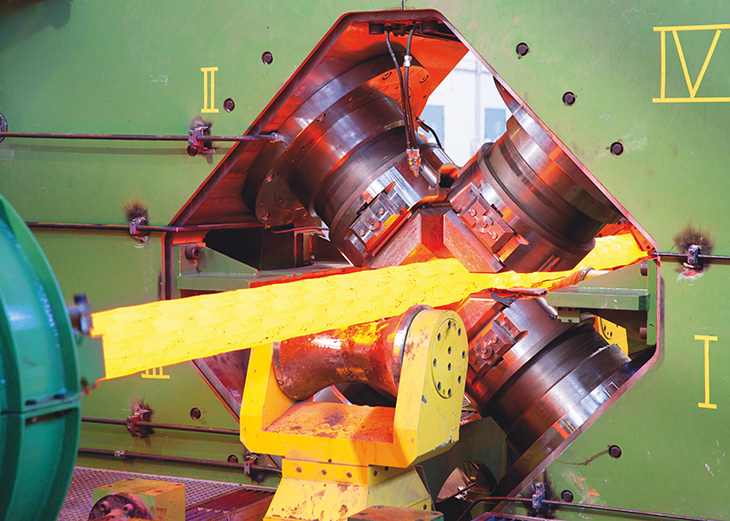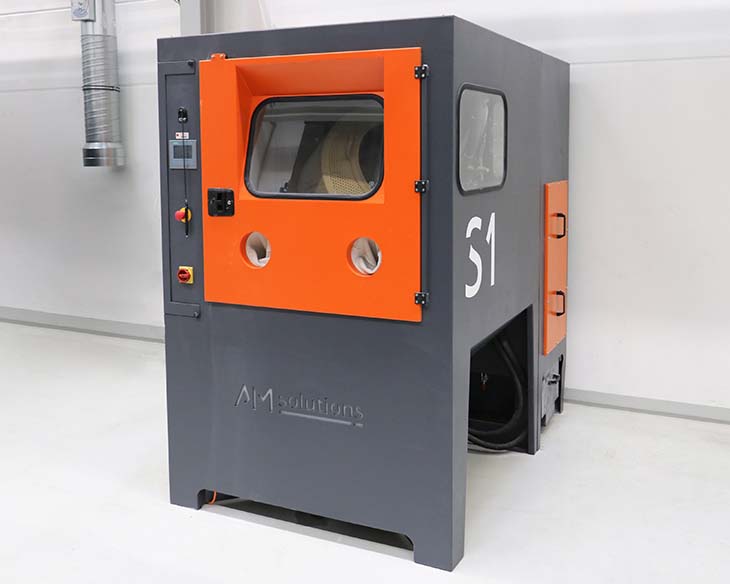Many manufacturers who rely on injection molding are interested in increasing its sustainability. Fortunately, there are many possibilities to pursue, whether decision-makers want to reduce waste, make their processes more energy-efficient or both.
Investigate Alternative Product Possibilities
Although virgin materials for injection molding are perpetually popular choices, things are starting to change as people look for more sustainable alternatives. One option is to turn plastic into regrinds, which occurs when materials that have been processed once get collected and turned into much smaller granules. That is a practical way to address some of the waste generated through injection molding. Some companies also purchase recycled plastics for their injection molding projects.
In some cases, the teams at some startups are taking even more creative approaches. Bpacks is a UK-based company committed to making 100% bio-based packaging from bark. Additionally, up to three-quarters of the materials used to produce it come from production waste.
Another characteristic that makes Bpack’s business model particularly appealing to manufacturers is that the material is fully compatible with existing equipment used to make plastic packaging, allowing people to start using it without additional capital investments. The company’s bark-based material is also appealing because it turns to compost in about a week.
Many people are understandably concerned about how plastic can take decades to decompose in landfills, making them eager to find better solutions. Manufacturers who begin using this bark-based material in their molding process can make practical changes to set themselves apart for being especially sustainable.
Increase Process and Equipment Awareness to Curb Energy Waste
Manufacturers should also strongly consider using smart sensors, data analysis tools and similar technologies to increase their understanding of the average amount of energy used and other important production metrics related to sustainability. Such approaches give them better visibility, letting them know when something might be wrong that results in abnormal energy use.
For example, if a particular machine begins using too much energy or breaks down frequently, manufacturing leaders must decide whether to repair or replace it. The former option offers a lower initial cost and less downtime, plus it keeps the equipment in use for longer, supporting the circular economy.
Some injection machine manufacturers are also including more energy-conservation features in their equipment. The more users know about their specific processes, the easier it is for them to determine the most appropriate ways to use their machines only when necessary, reducing overall consumption and costs.
Companies may have a weekly timer feature on some of their injection molding machines. It can preheat the oil while getting the barrel and mold at the right temperature so that the equipment is ready to go immediately once a shift begins, eliminating wasted time that interrupts operators’ productivity. Additionally, people can set different machine configurations for days of the week or ambient temperatures. Those options facilitate smart production planning and maximize practical resource utilization.
Try AI-Driven Optimization
Artificial intelligence features are progressively appearing on many industrial machines and injection molding equipment is no exception. AI is not without downsides, and it still has many limitations. However, some applications suggest the technology could assist operators in making more sustainable choices.
One example is a full-service injection molding company that has introduced an AI tool that provides users with real-time advice to optimize their processes. While interacting with the user-friendly interface, people can receive step-by-step instructions to work through unresolved issues or adjust their processes to reduce scrap rates. As a result, operators and their employers benefit from data-driven processes and decision-making capabilities, mainly because they can view information associated with each shot.
Additionally, the AI tool provides real-time notifications of machine downtime or equipment producing out-of-spec parts. That targeted information enables better proactiveness, preventing companies from wasting materials and energy while making products that might fail quality control checks anyway.
As manufacturing leaders explore how to use AI in the most beneficial ways, they should keep operators’ expertise at the forefront of their decisions. The best current applications support — rather than replace — workers by making it easier for them to do their jobs.
Sustainable Injection Molding Becoming More Accessible
These forward-thinking examples show how injection molding is progressively more sustainable. Manufacturers who choose to update their practices can save time and money while making decisions that are better for the environment and allow them to make the best use of overall operating time.










